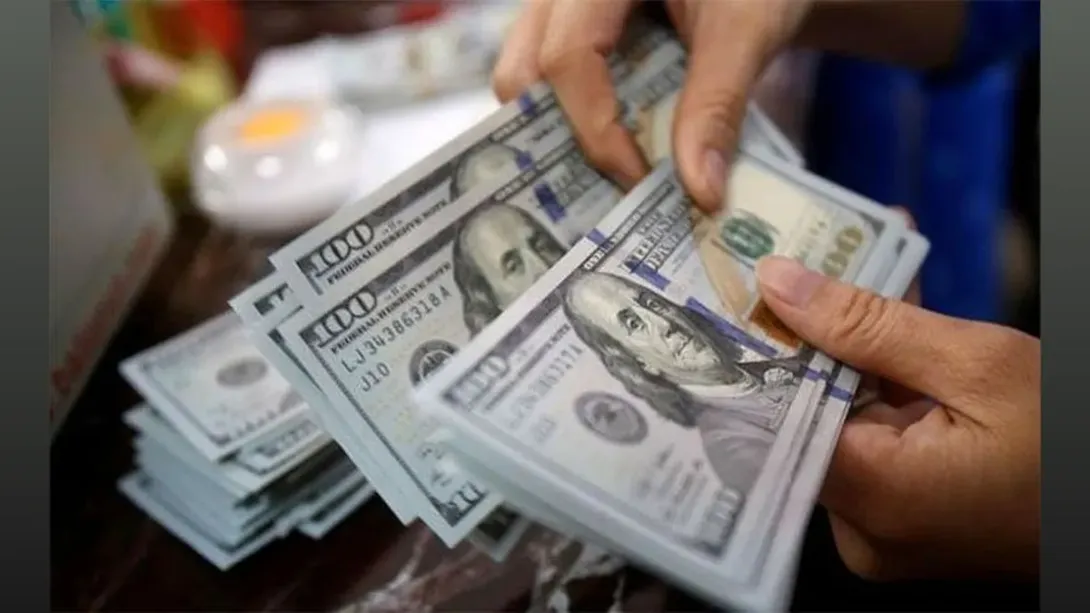India’s foreign exchange reserves have surged to a historic high of USD 698.27 billion, reflecting the country’s robust external position and strong investor confidence. The steady rise highlights resilient capital inflows, effective monetary management, and a favorable global trade balance. With the Reserve Bank of India (RBI) maintaining a cautious but strategic approach, the record reserves provide a crucial buffer against currency volatility, external debt obligations, and global financial uncertainty. Analysts suggest that this milestone strengthens India’s economic foundation, offering greater stability while enhancing its ability to withstand geopolitical shocks and inflationary pressures.
---
Understanding the Milestone
The latest increase places India among the world’s leading nations in terms of foreign exchange reserves. This surge is attributed to a combination of factors including strong foreign direct investment (FDI) inflows, robust portfolio investments, and healthy remittances from the Indian diaspora. Additionally, prudent management of foreign assets and favorable global commodity prices have supported reserve accumulation.
---
Why Forex Reserves Matter
Forex reserves are critical for maintaining currency stability and insulating the economy from global financial turbulence. They allow the central bank to intervene in currency markets when required, ensuring the rupee does not face extreme volatility. Moreover, high reserves reassure international investors about India’s ability to meet external obligations, thereby improving sovereign credit ratings and reducing borrowing costs.
---
RBI’s Strategy and Currency Management
The Reserve Bank of India continues to play a decisive role in managing reserve levels. By strategically intervening in the forex market, the RBI ensures that capital inflows do not excessively appreciate the rupee, which could harm export competitiveness. At the same time, maintaining a robust reserve buffer offers flexibility in responding to external shocks such as oil price fluctuations or shifts in U.S. monetary policy.
---
Global Context and Investor Confidence
India’s rising reserves come at a time when several emerging economies are grappling with currency depreciation and external debt concerns. This contrast has enhanced India’s appeal as a stable investment destination. Global investors view the reserves as evidence of macroeconomic stability, which strengthens India’s case as a reliable growth market amid global uncertainty.
---
Implications for the Economy
The record forex reserves could support multiple policy objectives. A stronger external balance sheet allows for more aggressive infrastructure investments, fosters resilience in the face of trade disruptions, and enables smoother financing of India’s import needs, particularly energy. Additionally, it provides policymakers greater room to address domestic challenges such as inflation without risking currency instability.
---
Looking Ahead
While the reserves have reached a historic peak, sustained vigilance is essential. Global interest rate changes, commodity market volatility, and geopolitical uncertainties could impact future inflows. Analysts stress that diversifying investment channels, boosting exports, and encouraging domestic manufacturing remain key to ensuring the sustainability of reserve growth.

Comments